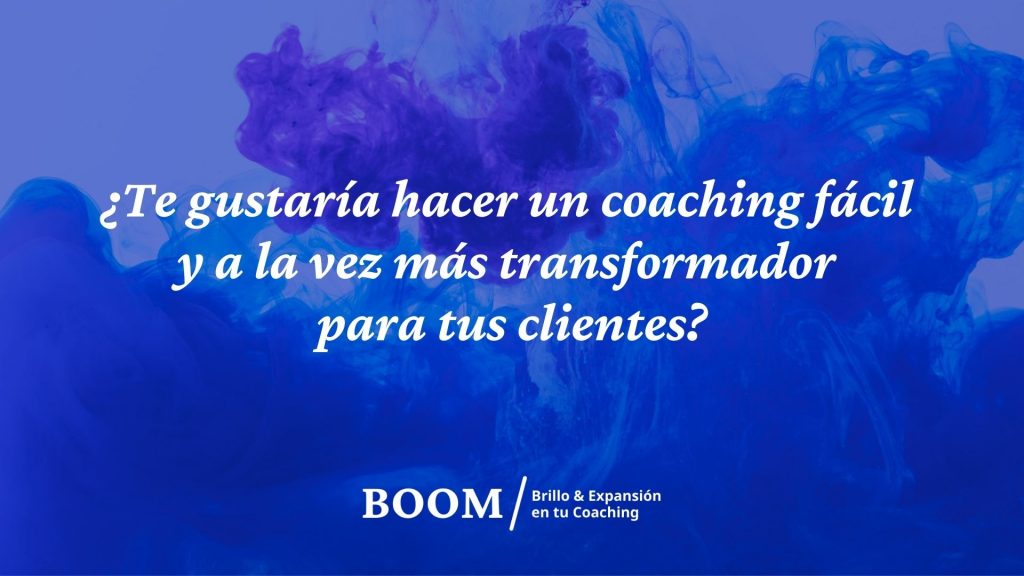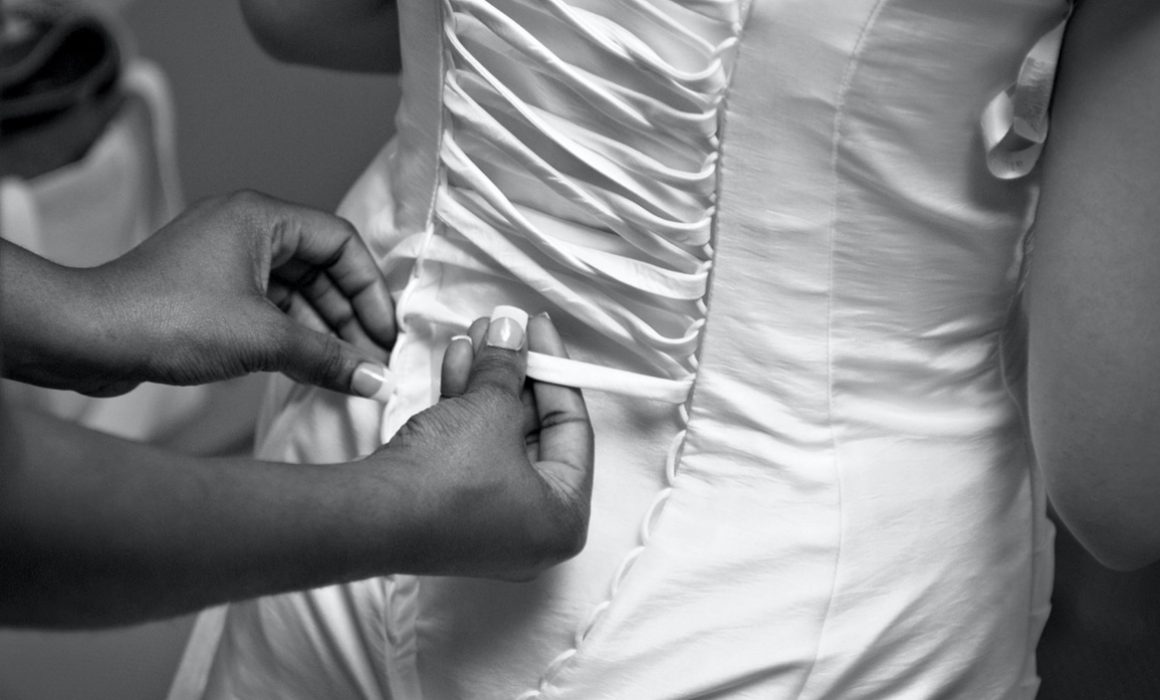The corset of "getting it right": Stages of development as a coach
Do you sometimes find that in your sessions you want to do so well that you lose presence and impact? Because of being aware of an inner dialogue of what we should do or what should happen, a tension is generated that even prevents you from breathing well. As if it were a corset, which is too tight and you feel like taking it off. But it's not all bad, because thanks to this feeling of constraint, a longing for space and freedom of movement is awakened.
This experience invites me to reflect on the function of the corset, which once had a literal use, but now resonates with us very much in the metaphorical sense: in both senses, corsets serve to hold and shape.
When we are training as a coach, "painting inside the lines" is a natural stage. We need to move up the rungs of the learning process, from "unconscious incompetence" to "conscious incompetence" to "conscious competence". We have not yet reached unconscious competence. Although a coaching session is a conversation between two people, it is not just any conversation, there is a way of doing with a very specific methodology. At that point, coaching competencies, the structure of the session or the steps of a tool hold us down. It could be said that we voluntarily constrain ourselves, because the methodological corset provides the security to embark on a new profession, the necessary rigor to guarantee quality work, or the keys to pass a certification exam.
This phase in which the coach is very careful to follow the guidelines and which can result in a somewhat forced, "robotic" and less fluid coaching, is an essential part of the path of professionalization. It is the game of tightening and loosening our corset and finding the right balance to accompany our client in the session. There is room for movement but within limits.
Training in the rules of the game is always hard work, but it has its rewards: once the competencies are integrated, we can finally take off the corset, and enjoy doing our job. Indeed, it is necessary to do so, to connect with our true brilliance as coaches.
The next stage in our development is, therefore, to leave behind the security of the corset, and to hold ourselves alone. Trust in the capacity we have developed and surrender to what emerges in the session, from the full presence and connection with our client.
And this is also a challenge.
Paradoxically, the longed-for space to coach more freely, from who we are, to be creative and work from intuition, also gives us vertigo. So much so that it can lead us to create new corsets to which we submit ourselves, in the form of expectations about our performance, which we demand to be always more and better.
So how can we free ourselves from the corsets?
Our proposal is that each coach learns to hold the tension between continuing to develop and trusting in the experience of the road already traveled. And not only to hold, but to wait and love. Because it is a dynamic of contraction and expansion that is inherent to life and human development: to corset and break the corset, to close and open, to feel the pressure to be able to go through it and integrate it in a process of continuous personal growth.
For me, the daily work of conquering this space of enjoyment and freedom gives meaning to my profession, whose essence is the transformation not only of clients, but also of myself.




